How to Choose an Unique Gifts for Kids from Japan?
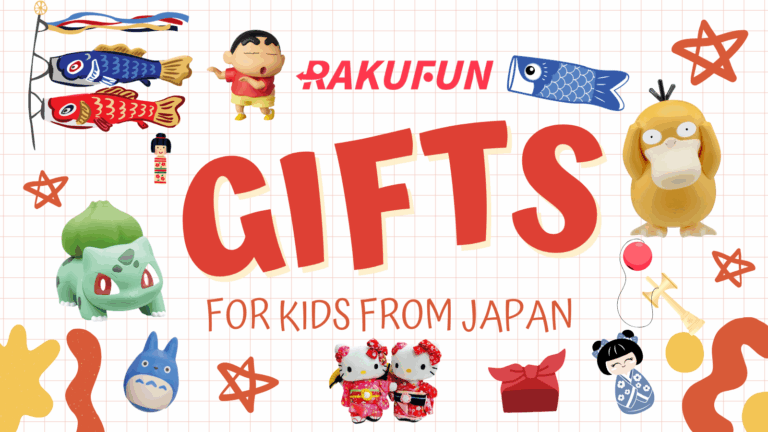
The Philosophy Behind Japanese Gifting
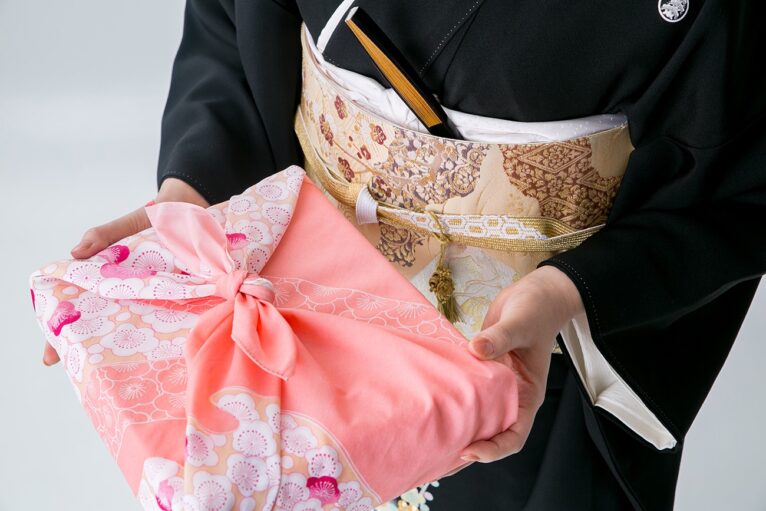
Traditional Gifts: Where Culture Meets Play
1. Koinobori (Carp Streamers)
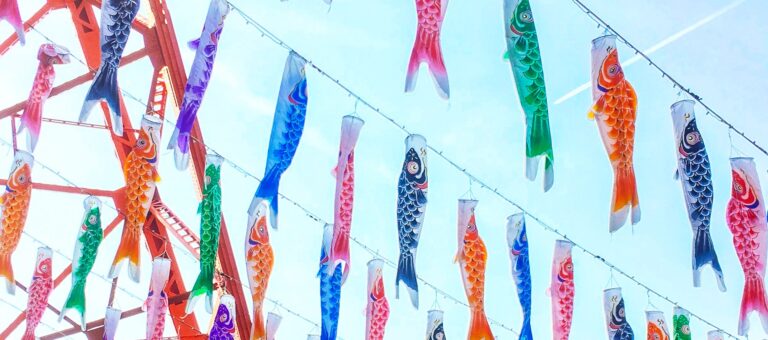
2. Kendama (Cup-and-Ball Game)
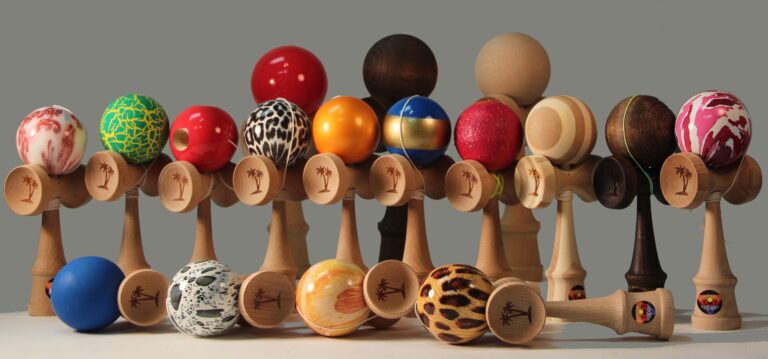
3. Kokeshi Dolls
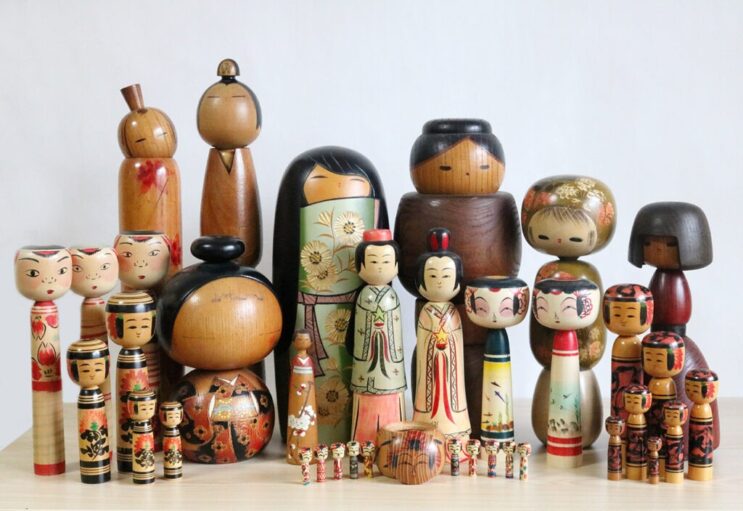
4. Origami and Furoshiki
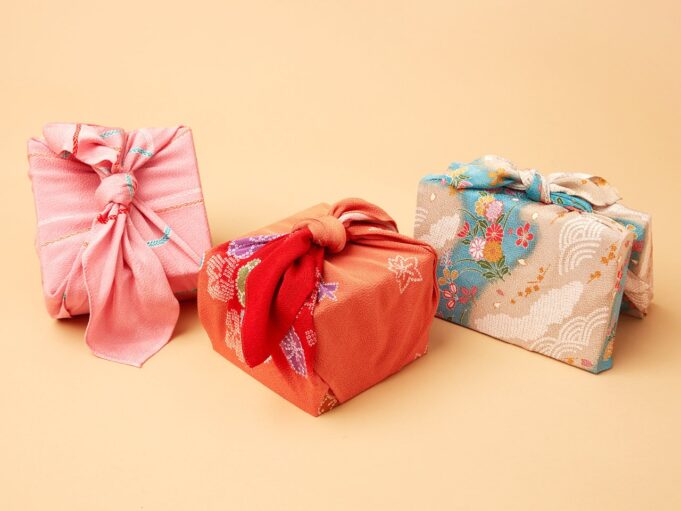
5. Hakone Secret Puzzle Boxes (Himitsu-Bako)
Born in the hot spring region of Hakone, these intricate wooden puzzles are feats of monozukuri (the art of making things). Crafted without nails or glue, opening one requires a precise, often non-intuitive sequence of slides and taps. Why it’s special: Teaches patience, problem-solving, and rewards persistence with a satisfying click. Older kids (8+) and adults are captivated by their elegant complexity. Look for designs ranging from simple 3-step boxes to incredibly complex masterpieces.
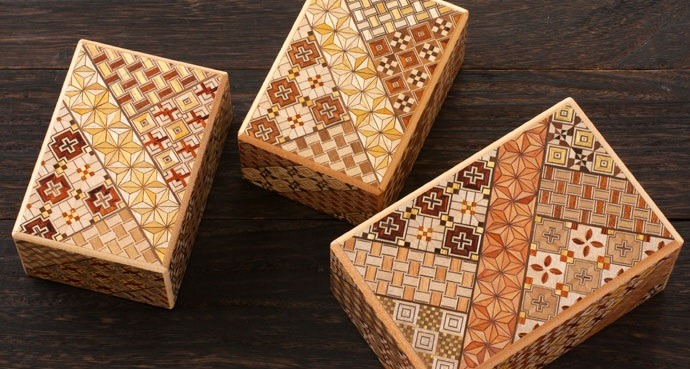
Modern and Pop Culture Treasures
1. Anime and Character Merchandise

2. Licensed Collaborations
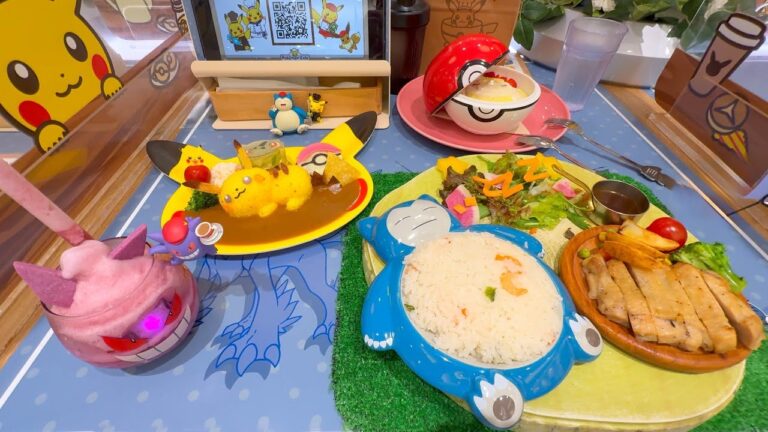
3. Educational Tech and DIY Kits
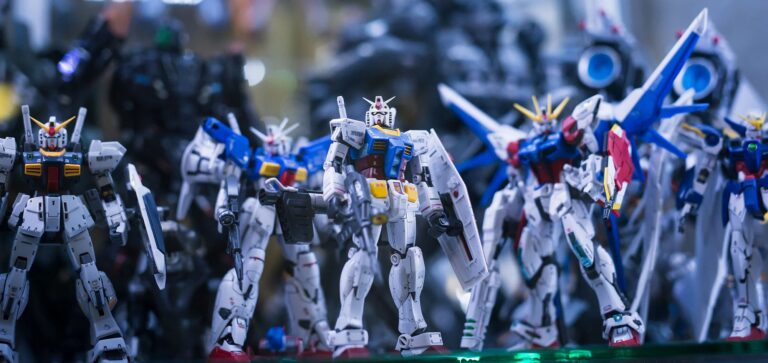
Edible Delights: More Than Just Snacks
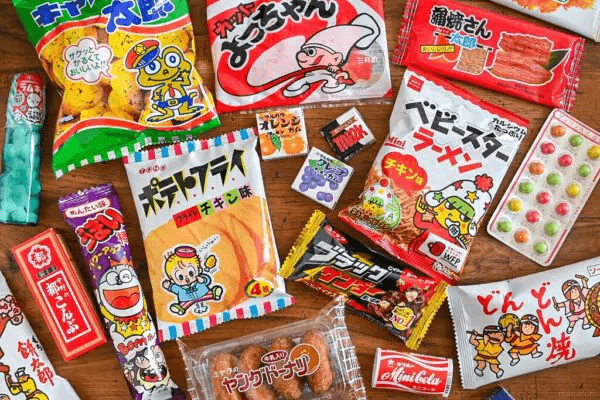
How to Shop Unique Gifts for Kids From Japan: Your Bridge is Rakufun
The charm of these gifts often lies in their specificity – crafted by regional artisans, sold in local specialty shops, or exclusive to certain Japanese online retailers. Finding and purchasing them internationally can be a hurdle: navigating Japanese websites, overcoming language barriers, managing overseas shipping costs and complexities, and accessing items simply not available on global platforms.
This is where Rakufun transforms the impossible into the effortless. Rakufun is not just a store; it’s your dedicated Japanese proxy shopping and forwarding service, acting as your personal shopper and logistics expert within Japan.
✓ One-Stop Access: Shop any Japanese site – official partners with Mercari, Rakuten, Amazon JP, and boutique sites.
✓ English-First Experience: Full platform and customer support in English. No language barriers.
✓ Seamless Global Delivery: Consolidated packaging + optimized logistics (DHL/EMS) to your doorstep.
Conclusion: Gifts That Give Back
At Rakufun.com, input “Hakone himitsu-bako” or “kokeshi cat artist” into their search portal. Their team becomes your hands in Japan—testing tape dispensers for smooth rolls, verifying bento molds’ food-grade safety. Discover gifts where every scratch tells a story, and play is a cultural pilgrimage.
Rakufun simplifies Japanese proxy shopping and global shipping, your all-in-one app for a seamless, fee-free experience:https://blog.rakufun.com/?p=9663

